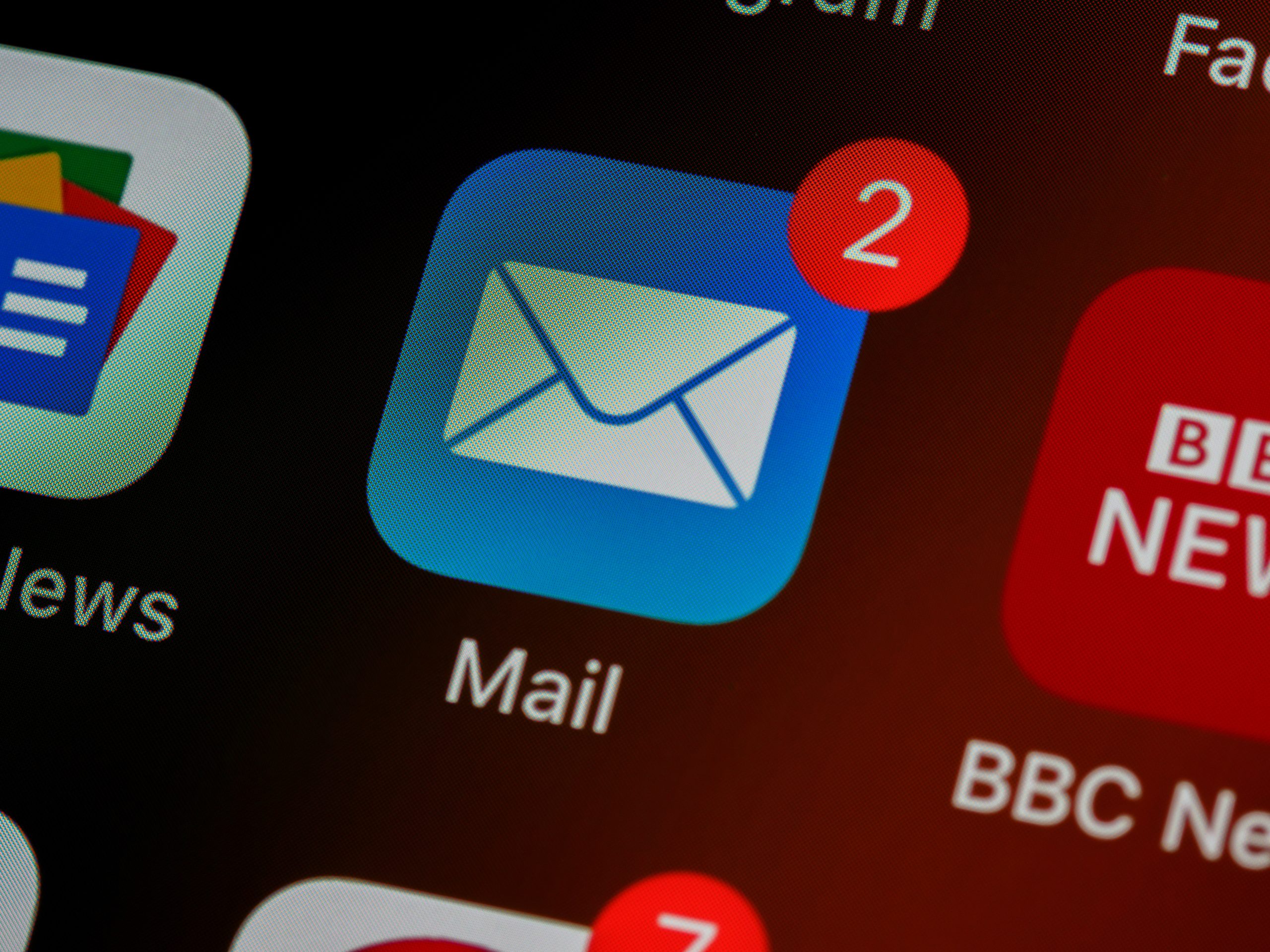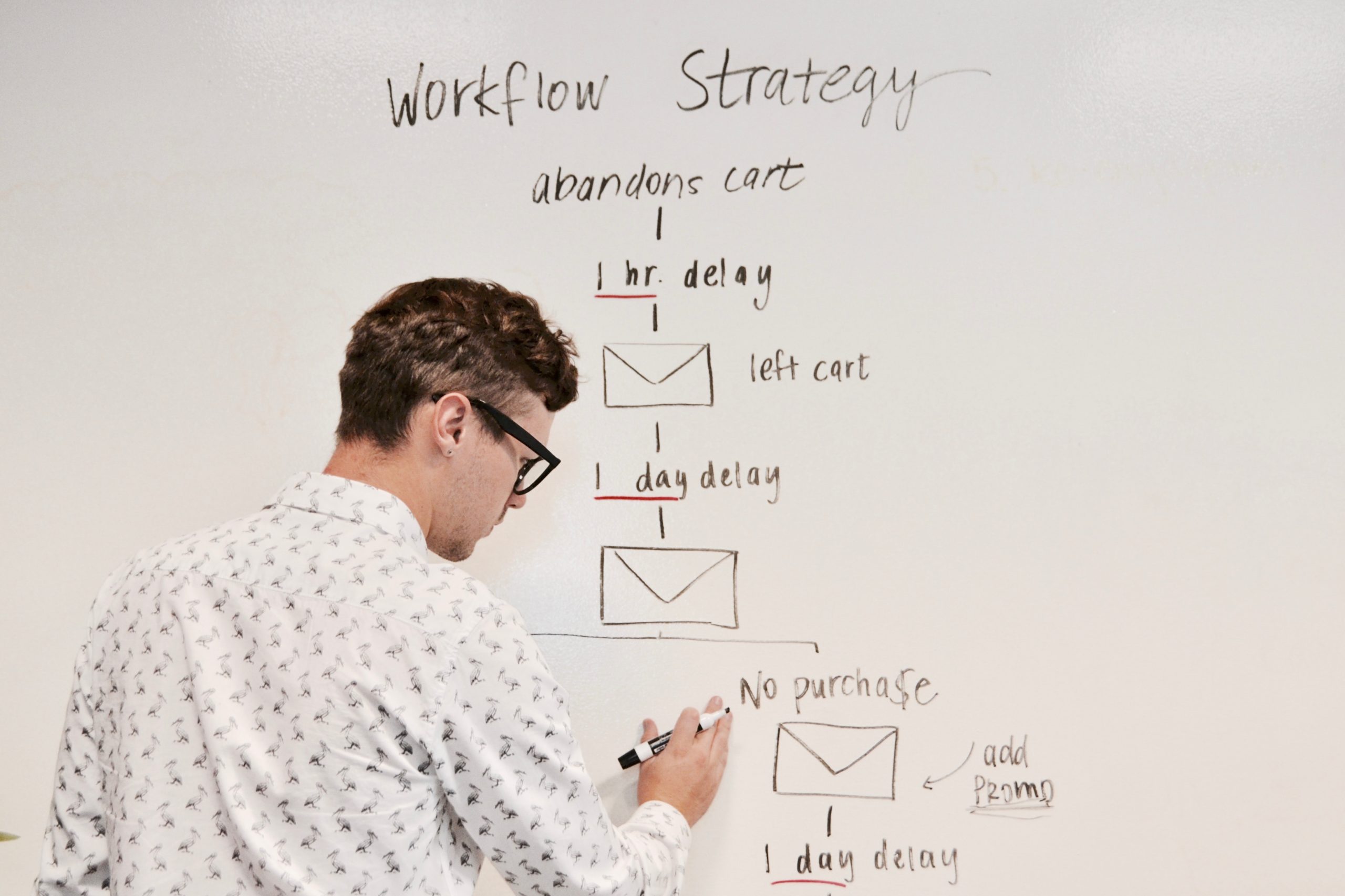Apple’s latest privacy changes means that marketers will no longer be able to track whether subscribers open a brand’s email. This comes as part of the iOS 15 software update, which is currently in beta testing. It will be released to the wider public this September. Two features, “Mail Privacy Protection” and “Hide My Email” will impact email marketing. This blog post will address both, as well as discuss how small businesses can prepare for these changes.
#OpensAreDead with iOS 15.
When Apple first announced the iOS 15 update in June, #OpensAreDead started trending on social media. Marketers responded by sharing the challenges they would face with a less reliable open rate.
As well as being a key metric for single email campaigns, open rates are also important for:
Re-engagement campaigns
This involves sending targeted emails to inactive subscribers to boost engagement.
Automated nurture flows
These are emails which are automatically sent out to subscribers based on whether they opened a previous email and / or how much time has elapsed since they last opened an email.
Send time optimisation
Finding out the best time to send an email based on how likely subscribers are going to open and respond to campaigns.
Monitoring deliverability
Looking at how many emails get sent to subscribers’ inboxes vs. emails which are not delivered or go to the spam folder.

Mail Privacy Protection.
Mail Privacy Protection gives users the option to load email content privately and not disclose their IP addresses. This blocks the sender from being able to track opens and forwards. It also means that the recipient’s physical location is hidden.
iOS 15’s mail privacy protection will not be activated by default. Users will need to opt in. However, once this feature has been released, a decline in open rates should be expected.
Other valuable information will also be lost, including the number of times an email has been opened (overall and per subscriber), the impact of subject lines and pre-headers, and overall engagement of subscribers.
Businesses will need to rethink their email marketing strategy, particularly in areas with open-based marketing tactics. The feature will have a knock-on effect on database cleaning as it makes it harder for marketers to identify and delete inactive subscribers.
A well-maintained mailing list is essential to deliverability. Having a large percentage of campaigns sent to inactive subscribers can mean emails are redirected to recipients’ junk folders as internet service providers assume they have little value.
People opening their emails on desktop and android devices will still be trackable. However, most email opens occur from mobile devices and Apple is a big share of the market. If Android adopts similar privacy options, nearly all smartphone users will have the ability not to disclose their email opens.
Hide My Email.
Hide My Email is another feature available on iOS 15. It enables users to sign up for offers with an Apple-generated randomised address that forwards emails to a user’s personal inbox instead of supplying their real email address.
Users can easily delete this new email address. There is also no simple way to tell whether a sign-up is a legitimate account or a randomised address. This causes deliverability issues, resulting in increased bounce rates from these deleted email addresses. Some email providers, however, like Klaviyo and MailChimp, will automatically clean email addresses with hard bounces, removing their impact on ISPs.
For more information about this feature, check out Beebom’s article: What is Hide My Email in iOS 15 and How to Use It on iPhone and iPad.

Prepare for iOS 15.
It’s time to start testing creative and understand what maximises engagement for your audience, as well as branching out into other metrics. Segmentation based on recent openers will no longer be an option.
You can prepare for iOS 15’s Mail Privacy Protection by testing opens rates before its launch by setting before and after benchmarks for:
- Subject lines and pre-headers
- Time of day
- Day of week
- “From” lines
We also recommend to small businesses who rely on email marketing to start familiarising themselves with other performance metrics. Click rates, for example, can reveal a deeper level of engagement than open rates. With link level reporting, marketers can keep tabs on what links are being clicked on and corresponding activity on the site.
Conversions and ROI (Return On Investment) are another important metric, especially for e-commerce businesses. Most reputable email marketing providers will collect data on the sales which come through as a result of each campaign, allowing marketers to understand which emails are converting the best and the overall return offered from email marketing.
It’s important to think longer term about what email marketing provides the business too. This includes assessing mailing list health (i.e. proportion of inactive subscribers and deliverability), as well as subscriber lifetime value (i.e. the average amount a subscriber spends over the course of being signed-up before leaving).